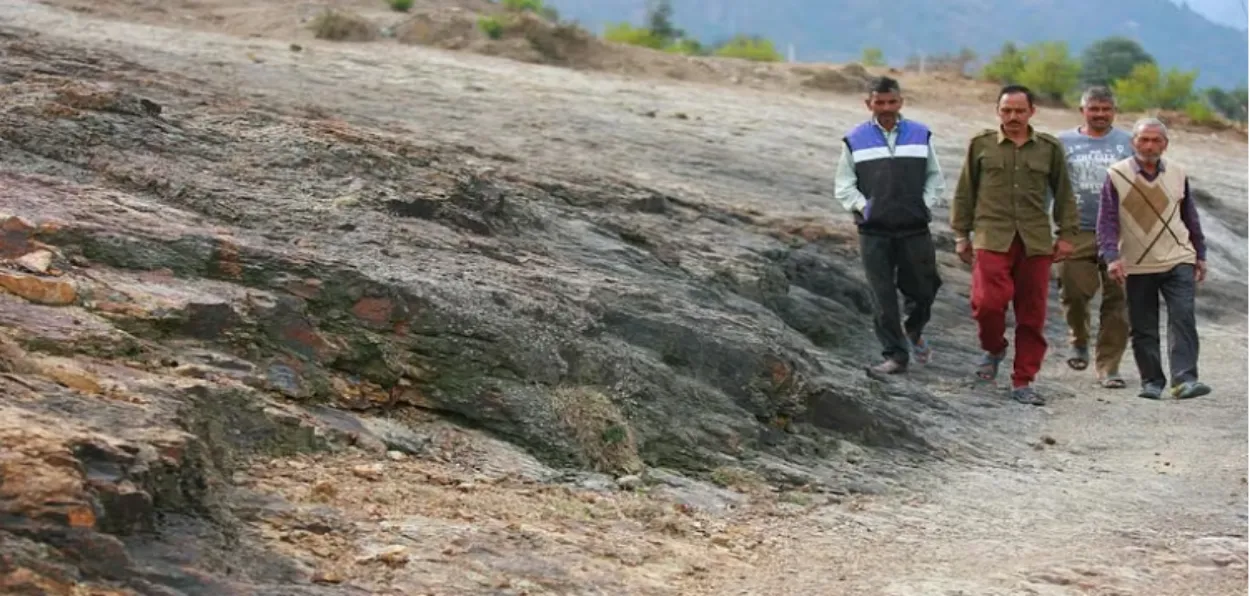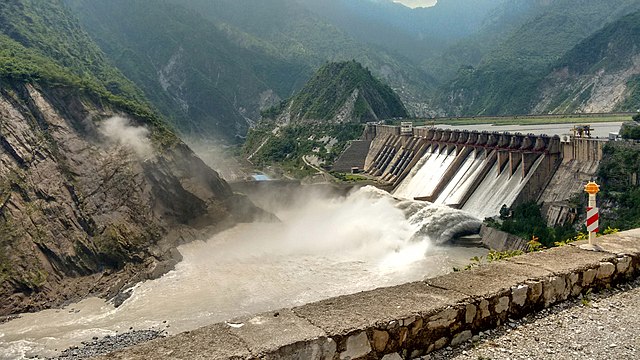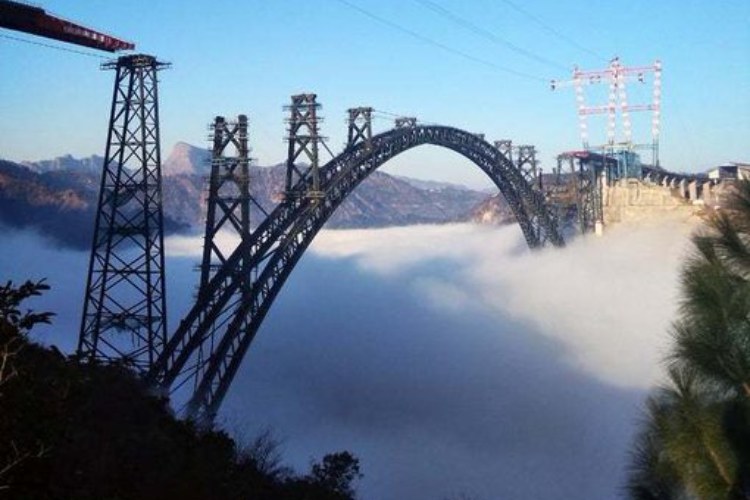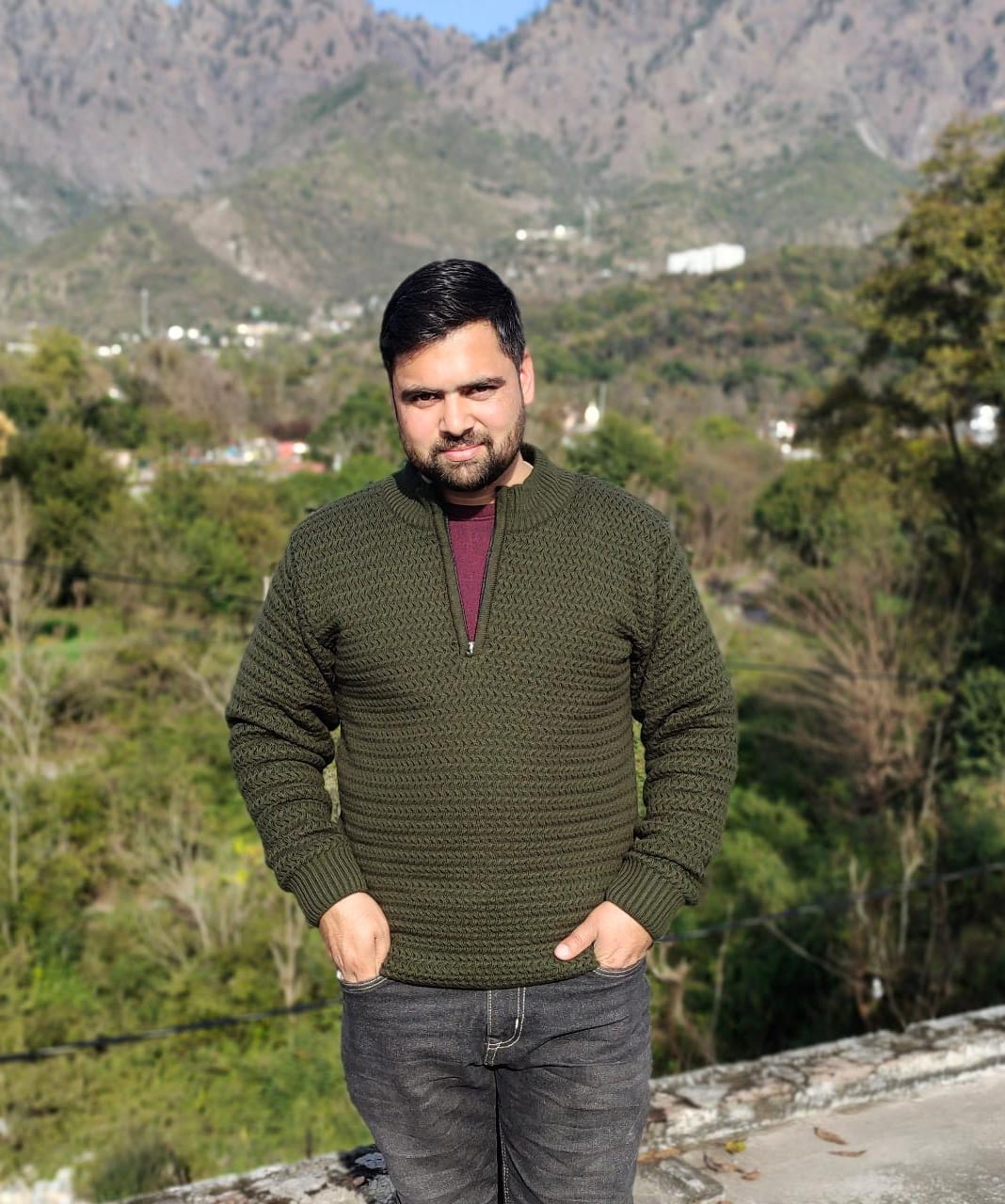
Aasha Khosa/New Delhi
In the second week of February, the serene ranges beyond the hills in which the Vaishno Devi shrine is located in Jammu and Kashmir reverberated with Dhol beats, echoing hope, joy, and pride of villagers living in Salal, overlooking the Chenab river and 80 km from Jammu, as it was declared the potential source of the world’s largest and the most-pure Lithium.
J-K Mining Secretary Amit Sharma told the media that as against the normal grade of 220 parts per million (PPM), the lithium found at Salal is of 500 ppm-plus grading, and with a stockpile of 5.9 million tons, India will surpass China in its availability. This makes the Salal Lithium the purest stockpile discovered so far.
The discovery has come at the end of two years of hard work by a team of the Geological Survey of India the village. A villager who worked as a labourer with the GSI said that the team worked even during the Covid pandemic. One of the team members died during that period. The GSI team left the village three months ago and the villagers forget about them as they didn’t have high hopes, and it was for a reason.
Mohinder Singh, Sarpanch of Salal, told Awaz-the Voice on the phone that around 1984, Orissa Cement Company had also excavated in the village at five points. “Nothing was heard from them, later.”
However, the locals always knew the rocky terrain of their village was special. “It is too hard to even drill into or break with a hammer.

Mohinder Singh, Sarpanch, Salal village
“Our ancestors thought the rock had a kind of iron and used its smaller pieces as pellets for their country-made revolvers to keep wild animals away from crops and for the game.”
Singh says given the earlier experience the villagers cautiously didn’t have high expectations “They dug at some 200 points and then we forgot about it. But when the GSI tweeted on February 10 about the discovery of 5.9 million metric tonnes of Lithium in Salal, we were ecstatic.”
Mohinder Singh says the villagers are brimming with pride for their soil will enable India to become a leading battery manufacturer of electric and electronic gadgets. “We know that the lithium here is very pure; We also believe there may be other precious metals like gold inside.”
Salal Deputy Sarpanch Rajinder Singh said “It is a very happy moment for all of us and we are feeling proud. After the railway projects and Mata Vaishno Devi shrine, which are the major source of employment for the locals, this project is going to be a game-changer for us."
However, at the same time, he says, the villagers are anxious about the fallout of the excavation on their lives.

Salal Dam at Dhyangarh, Reasi
“We do realize that we will have to shift from our village; we also wonder if our village community that has a shared history of centuries may have to break up,” says Mohinder Singh.
Salal is home to some 5000 people who always knew the importance of their village. Also, they are not new to rehabilitation and fame due to infrastructure projects.
The 690-Megawatt Salal power project at Dhyangarh, 10 km away from the village, and the highest Railway bridge in Asia at Bakul that will link the Valley of Kashmir with the rest of India, are named after Salal.
And yet development has eluded the people and unemployment of educated youth is very high.
Mohinder Singh says the construction of the Salal power project provided jobs to the locals but once the project was completed and the NHPC (National Hydro Power Corporation) left the place they lost jobs and nothing new came their way.
The villagers had lost nearly 70 percent of their agricultural land to the artificial lake that was created to make the run-of-the-mill Salal Hydroelectric project a success. “We didn’t even get electricity back then,” laments Balbir Singh, a local journalist.
The villagers now have small land holdings on which they grow wheat, maize, and vegetables for their consumption.
Balbir Singh said the village has several schools up to higher secondary and most of the youth are educated and wish to work in their area but there are no jobs.
Devinder Singh, a political activist says, “We are happy to contribute to the nation’s development but it’s also time for the nation to take care of the people on whose soil this white gold (Lithium) has been discovered.

Chenab Railway bridge near Salal village
The villagers are hurt that the media misrepresents the facts: "We are in Jammu and not in Kashmir. Then the Lithium has been found in our village and not in hills," Balbir Singh says.
Sarpanch Mohinder Singh said the villagers would like to be shifted to Jyotipuram, an abandoned colony of the NHPC employees. “The place is only 12 km from our village and the NHPC has dismantled the quarters for employees and the same land can be allotted to us.”
Jyotipuram will bring the Salal villagers closer to the district headquarters of Reasi, a historic town. “We are yet to be officially informed about it by the authorities,” Sarpanch says.
 Balbir Singh in Salal village
Balbir Singh in Salal village
Although the visiting media teams and television crews have made the hilly village come alive with activities, the villagers generally love their serene environment and peace of mind and are not publicity hounds. They however distributed sweets and danced to the tunes of the dhol after hearing the Lithium discovery story.
The Sarpanch says although the district authorities visited the village after the news about Lithium deposits came, “we are yet to get an official word about it.”
He is planning to hold a meeting of the village body and plan a charter of demands including the setting up factory of a Lithium product or maybe a refinery and assurance of jobs to the locals in the planned excavation project.
Wiser by the experience of the Salal dam that provided work opportunities to locals for a certain time and then left them high and dry, this time the villagers of Salal want a permanent and lasting source of livelihood associated with the discovery of Lithium.
However, the area of Salal is all set to become a major tourism hub with several forts locally called Burj strewn on the hillocks. There is a barrod Khana (ammunition depot) of the Dogra Maharajas there.
Besides, people from surrounding areas visit Channana Devta’s temple and Shiv Gufa -a cave with naturally made statues for religious tourism.
The nearly finished highest Railway bridge at Bakkal is just a few km from Salal and locals know that once the train chugs on it, prosperity is bound to touch their lives.
ALSO READ: Article 370 going has ended apartheid
Balbir Singh says the Salal village has provided the best sand for the railway bridge and other major infrastructure projects. “The sand mined from here is of top quality and the Mining Department makes good money from its extraction at Hemna,” Balbir Singh said.
